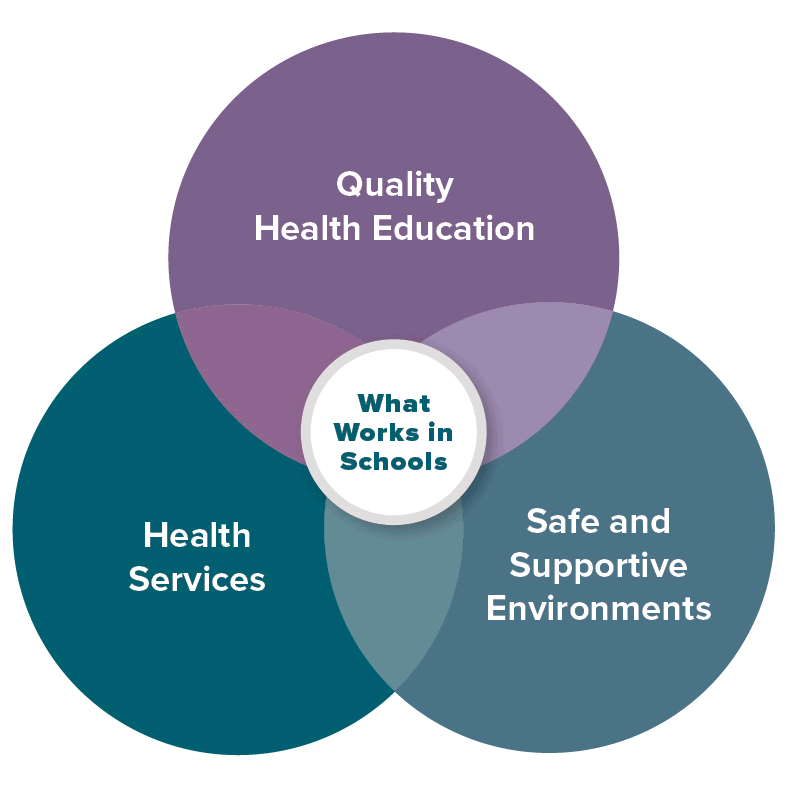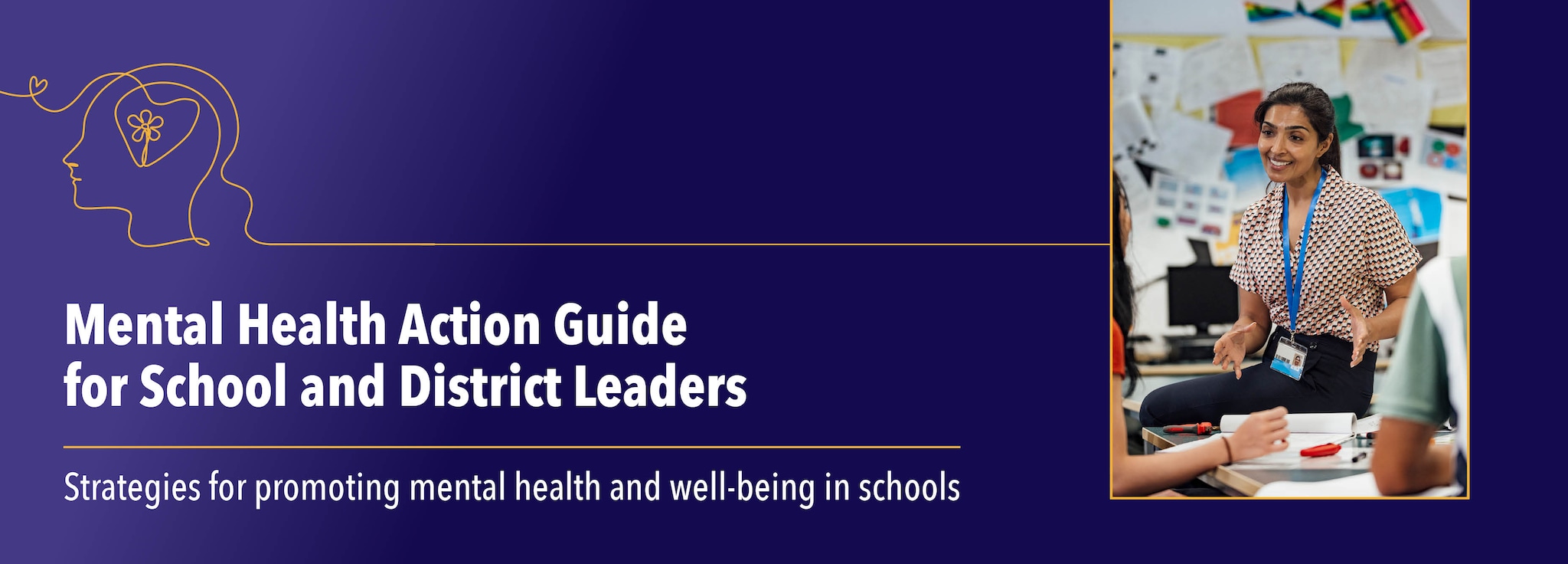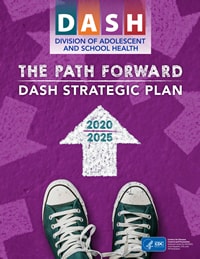Adolescent and School Health
YRBS Datasets & Analysis Tools
What Works In Schools

Learn how CDC helps schools implement 3 key strategies.
Featured Resources

School Health Programs

Youth & Risk Behaviors
CDC's Health Education Curriculum Analysis Tool
This webinar provides a brief overview of the HECAT, including the foundations of school health education and importance of curriculum selection and development, and how the tool can assist schools, school districts, and other youth-serving organizations in analyzing health education curriculum.
Download the DASH strategic plan and related materials.
YRBS Data Summary & Trends Report
Presents trend data on health behaviors and experiences among U.S. high school students.







